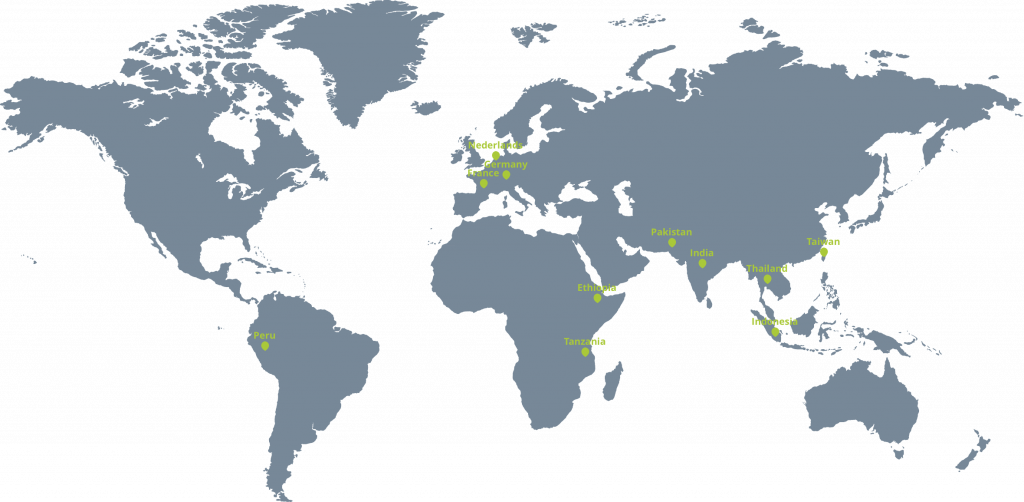Peru is a diverse country: tropical climate prevails in the Eastern rain forests (“Selva”) while there is a dry desert climate in the West and in the coastal regions (“Costa”). The central Andes (“Sierra”) and the Andean plateau (“Altiplano”) are moderate to cold zones. This diversity is reflected in Peruvian agricultural systems. Smallholder farmers in all parts of the country cultivate a multitude of quinoa varieties. This biodiversity is at risk due to increasingly extreme climate events and migration of young people to the cities, leading to the loss of traditional knowledge concerning cultivation, use and preservation of plants. As a result, there is a chronic shortage of food, especially in remote regions. A total of eight million out of 30 million Peruvians live below the poverty line.
KWS’ Capacity Building Initiative in Peru consists of various projects, completely financed by KWS, intended to help improve the food security of Peruvian smallholder farmers.
One of the projects is focusing on new breeding strategies and genetic resource conservation for quinoa, an annual, very nutritious grain crop that was domesticated in the Andes about 4,000 years ago. For this purpose, genetic variation and gains from selection in crosses of different parental quinoa materials are studied. At the same time, the project contributes to preserve the genetic resources of quinoa and to make them usable for sustainable agriculture.
About 1200 quinoa genetic resources held by the genebanks of UNAP (University of the Altiplano in Puno) and UNSAAC (University of Cusco) are being genotyped in cooperation with Prof. Karl Schmid (University of Hohenheim, Stuttgart, Germany) using low coverage sequencing in 2020. The sequence information will be published once available in a peer-reviewed journal and in public sequence databases. The sequence information will be used by a Peruvian PhD student to analyze the genetic diversity within and between the quinoa accessions held in the two genebanks. This helps to better understand the structure of the genetic diversity conserved in the genebanks, to identify closely related accessions, and to derive efficient strategies for ex-situ and in-situ genetic resource management. It can also inform quinoa breeding strategies, for example choice of parents for crossing.
- Project partners include the National University of the Altiplano (UNAP, Puno), the University of Cusco (UNSAAC) and Hohenheim University (UH).
- A Peruvian PhD student is also involved in the project, being trained in cooperation with Prof. Dr. Karl Schmid (UH).
